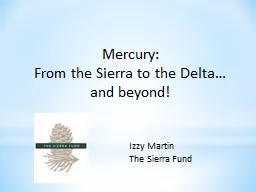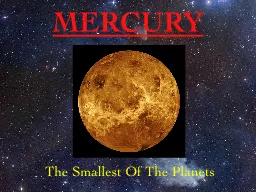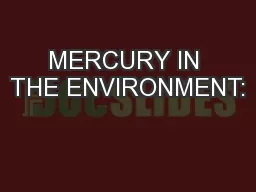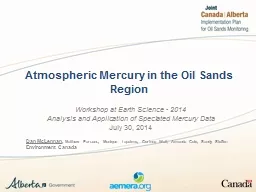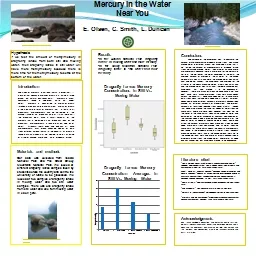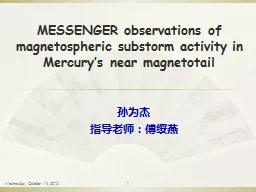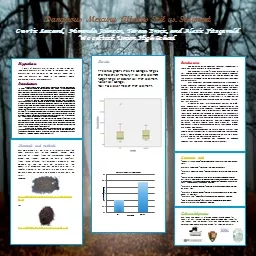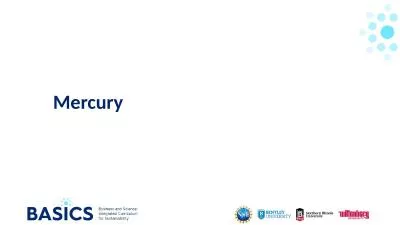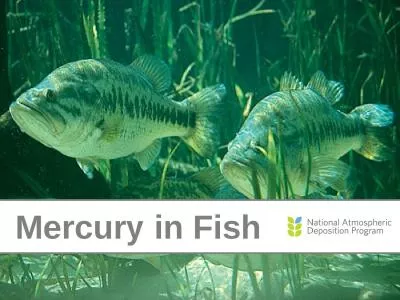PDF-Research into mercury
Author : natalie | Published Date : 2022-09-01
has identified two genes in bacteria that appear to be required for turning the metal into its most toxic form methylmercury The study adds to a growing body of
Presentation Embed Code
Download Presentation
Download Presentation The PPT/PDF document "Research into mercury" is the property of its rightful owner. Permission is granted to download and print the materials on this website for personal, non-commercial use only, and to display it on your personal computer provided you do not modify the materials and that you retain all copyright notices contained in the materials. By downloading content from our website, you accept the terms of this agreement.
Research into mercury: Transcript
Download Rules Of Document
"Research into mercury"The content belongs to its owner. You may download and print it for personal use, without modification, and keep all copyright notices. By downloading, you agree to these terms.
Related Documents



